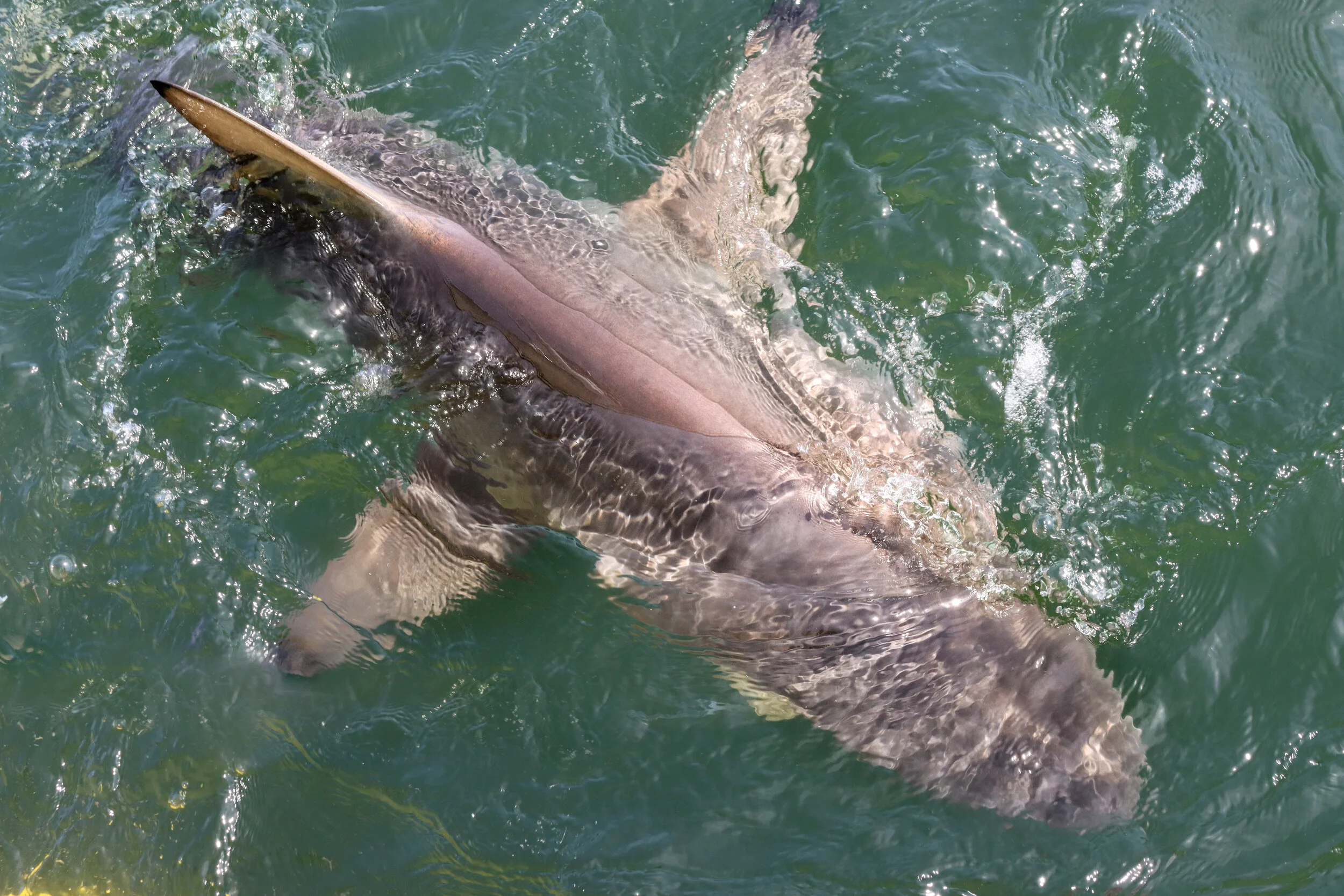Fire Island: Lighthouse Fun Facts And the Highly Disputed Name Origin
Words and Photos by Rich Nardo
Fire Island is a prime example of Long Island’s diversity. It’s a virtual “choose-your-own” adventure where one can have a tranquil beach day or party to the break of dawn depending on what sort of weekend you’re looking for. The 9.6 square miles of barrier island also hosts great breaks for surfing, as well as, a unique sunken forest, and both ocean and inlet host some of the best fishing on Long Island.
With so much to offer, the fact that the lighthouse largely defines Fire Island shows just how special the structure is. It has played a pivotal role in Long Island’s maritime history dating back to 1826 and its distinctive black and white patterning make it one of the most beautiful of the over twenty lighthouses on Long Island.
A lesser known, yet no less interesting, aspect of the Fire Island is that no one can agree on the source of its name. There are four different ‘stories’ as to the origins of the moniker and each one is supported by credible reasoning as to why it could be true. But before we lay out each origin story, let’s look at a few more fun facts about the region’s most recognizable landmark.
Keep Me Where The Light Is…
The Lighthouse was 74-feet high when it was originally constructed in 1826. In 1858, it was rebuilt to a towering 168 feet in order to increase visibility for navigators cruising Long Island’s south shore. It has been on the National Register of Historic Places since 1984.
It was originally a cream colored pyramid, and the distinctive black and white “daymarks” were part of a rejuvenation in August of 1891. Today, some of the Connecticut River Blue Split Stone from the original incarnation forms the terrace of the lighthouse.
While it is still active, the lighthouse was decommissioned in 1973 and has since been replaced by a “Small Flash Tube Optic” at the top of the Robert Moses State Park Water Tower in its role of guiding ships along the shore. However, that Tube Optic only shines seaward and Baymen still find value in the rotating strobe of the actual lighthouse.
It takes 182 steps to get to the pinnacle of Fire Island Light. At the top of the tower you can see beautiful views of the Atlantic Ocean, the Great South Bay, Long Island’s south shore and even the Manhattan skyline.
The two 1000-watt bulbs of the lighthouse flash every 7.5 seconds and are visible from about 21-24 miles away.
Montauk Point Lighthouse may be the oldest lighthouse on Long Island, but Fire Island is the tallest, standing over 50 feet higher than its neighbor at “The End”.
The Fire Island Lighthouse was seen in the opening and closing credits of legendary soap opera The Guiding Light from 1970 to 1975.
The Lighthouse’s coordinates are Latitude 40.63200 N, Longitude -73.21800 W.
What’s In A Name?
As mentioned earlier, there are several different theories as to where the source of the name ‘Fire Island’ originated. While there is credible evidence in each, the question remains as to which story contains the actual origin story.
Fiery Foliage
Poison Ivy accounts for roughly 30% of the vegetation on Fire Island (remember “leaves of three, let them be” when visiting!). Each Fall, that ivy turns to a fiery red. Could it be that mariners passing by during the Autumn months believed the island was on fire due to the brilliant foliage and the ‘fiery’ itch they experienced when exploring the shore?
A Whale of an Origin Story
Fire Island was a key spot for whalers of the day. Once they returned to shore, it was necessary to render the whale blubber for the manufacturing of oil. The whalers are known to have built large fires on the beach as part of that process. Some say these fires were what sparked the name “Fire Island”.
Arrr You Sure That’s Where the Name Comes From?
Fire Island was home to many a “wrecker”, also known as land pirates. According to historic accounts, these land-bound scalawags used to light fires on the beach to lure cargo ships in. Once ashore, the pirates would raid and pillage whatever goods the ships had onboard. Some say that Fire Island was named in reference to these pirate traps.
Lost In Translation
If there is one theory that has slightly more support, it’s that “Fire Island” resulted from a mispronunciation - more specifically, of “vier”, the Dutch word for four. There is an English map dated 1798 on record that refers to the series of four islands in the area as “Fier Islands”. According to some who study the topic, it is likely that this was due to the mapmaker misunderstanding what the Dutch sailors who reached Long Island first had called it. Ironically, what is now known as Fire Island wasn’t one of those four islands, and was labeled East Beach on the same map. That being said, it's perfectly understandable how the name could have gotten lost in translation.
No matter why Fire Island is referred to as such, there is no doubt that the name continues to conjure priceless memories for Long Islanders each year!
References
FIRE ISLAND LIGHTHOUSE WEBSITE: http://www.fireislandlighthouse.com/history.html
NPS WEBSITE: https://www.nps.gov/fiis/planyourvisit/fireislandlighthouse.htm
WIKIPEDIA: https://en.wikipedia.org/wiki/Fire_Island_Lighthouse
US-LIGHTHOUSES.COM: https://www.us-lighthouses.com/fire-island-lighthouse
LIGHTHOUSE FRIENDS: https://www.lighthousefriends.com/light.asp?ID=390
OH RANGER: http://www.ohranger.com/fire-island/history


















Ask any wildlife photographer or explore based on Long Island and they’ll tell you that our home turf does not get nearly the credit it deserves when it comes to species diversity. In fact, I think it’s safe to say that most people think Long Island has a couple of raccoons, a possum here and there, and way too many deer out east and that basically sums it up.
This couldn’t be further from the truth. So for this article, we worked with some of the best wildlife photographers based on Long Island to highlight 10 species that most people might not know we have here.